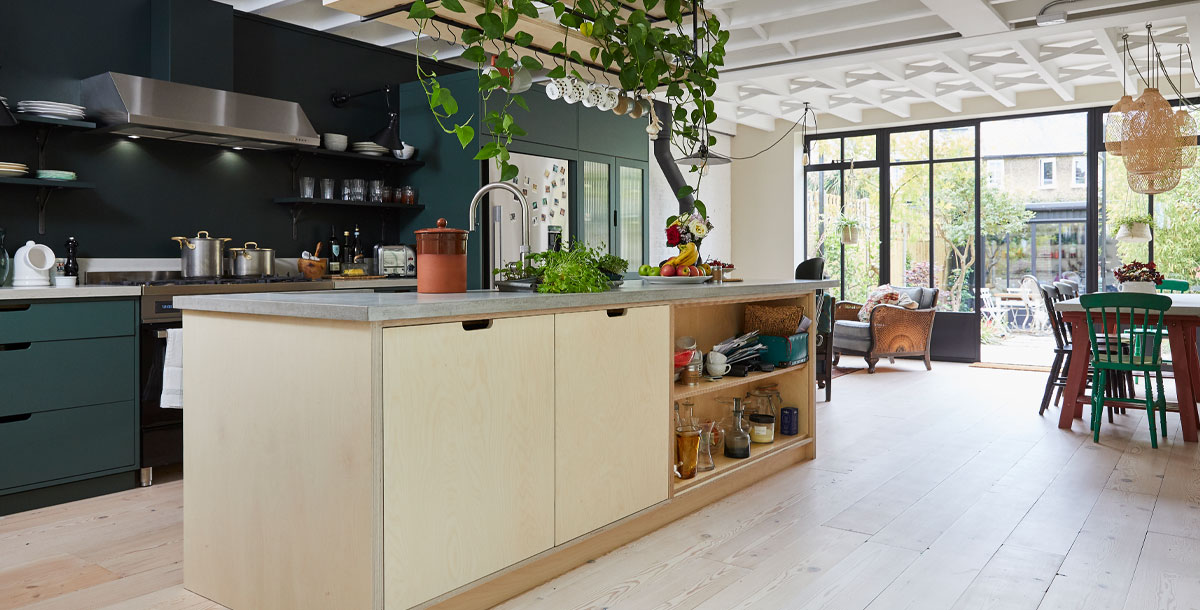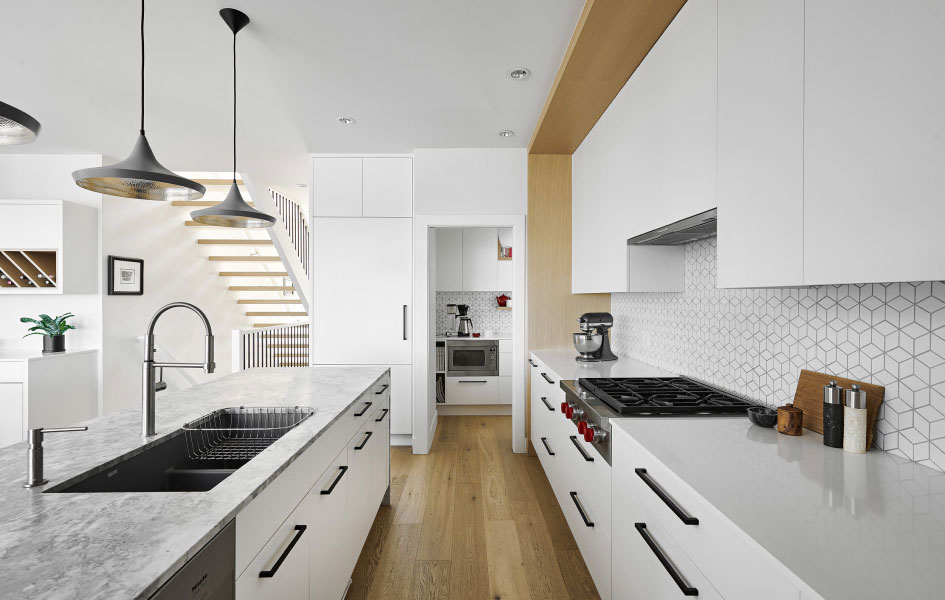As more homeowners become aware of their environmental impact, the kitchen has emerged as a focal point for sustainable living. The integration of eco-friendly materials and practices not only promotes a healthier planet but also creates beautiful, functional spaces. Here’s a look at the latest trends in eco-friendly kitchen design that can transform your cooking space into a sustainable haven.
1. Sustainable Materials
Choosing sustainable materials is one of the most significant steps toward creating an eco-friendly kitchen. Here are a few materials that are gaining popularity:
- Bamboo: A fast-growing, renewable resource, bamboo is used for cabinetry, flooring, and countertops. Its natural beauty and durability make it an excellent choice for environmentally conscious homeowners.
- Recycled Materials: Recycled glass, metal, and wood are increasingly being used in kitchen designs. For instance, recycled glass countertops add a unique aesthetic while reducing landfill waste. Reclaimed wood can also bring character and warmth to your kitchen.
- Low-VOC Paints and Finishes: Volatile Organic Compounds (VOCs) can be harmful to indoor air quality. Opting for low-VOC paints and finishes ensures a healthier environment while still allowing you to achieve the look you desire.
2. Energy-Efficient Appliances
Modern kitchens are increasingly incorporating energy-efficient appliances that reduce energy consumption without sacrificing performance. Look for appliances with the ENERGY STAR label, which signifies that they meet strict efficiency guidelines. From refrigerators to dishwashers, these appliances save water and energy, helping you lower your utility bills while minimizing your carbon footprint.
3. Water-Saving Fixtures
Water conservation is a critical aspect of sustainable living. Installing low-flow faucets and water-saving appliances can significantly reduce water usage without compromising functionality. Additionally, consider incorporating a smart irrigation system for your kitchen garden or herbs, ensuring that water is used efficiently.
4. Smart Technology
The rise of smart home technology has also made its way into eco-friendly kitchens. Smart devices allow you to monitor and control energy usage more effectively. For example, programmable thermostats, smart lighting, and appliances that can be controlled via smartphone apps enable you to optimize energy consumption and reduce waste.
5. Indoor Gardening
Incorporating indoor gardens into your kitchen design not only enhances aesthetics but also promotes sustainability. Growing your own herbs, vegetables, or fruits reduces reliance on store-bought produce, cutting down on packaging waste and transportation emissions. Hydroponic systems and vertical gardens are excellent options for maximizing space while adding greenery to your kitchen.
Conclusion
Adopting eco-friendly trends in your kitchen is not just about making a statement; it’s about making a positive impact on the environment and your well-being. By choosing sustainable materials, investing in energy-efficient appliances, and incorporating smart technologies, you can create a modern kitchen that is both stylish and responsible. Embrace these trends to transform your kitchen into a space that reflects your values and contributes to a healthier planet for future generations.




